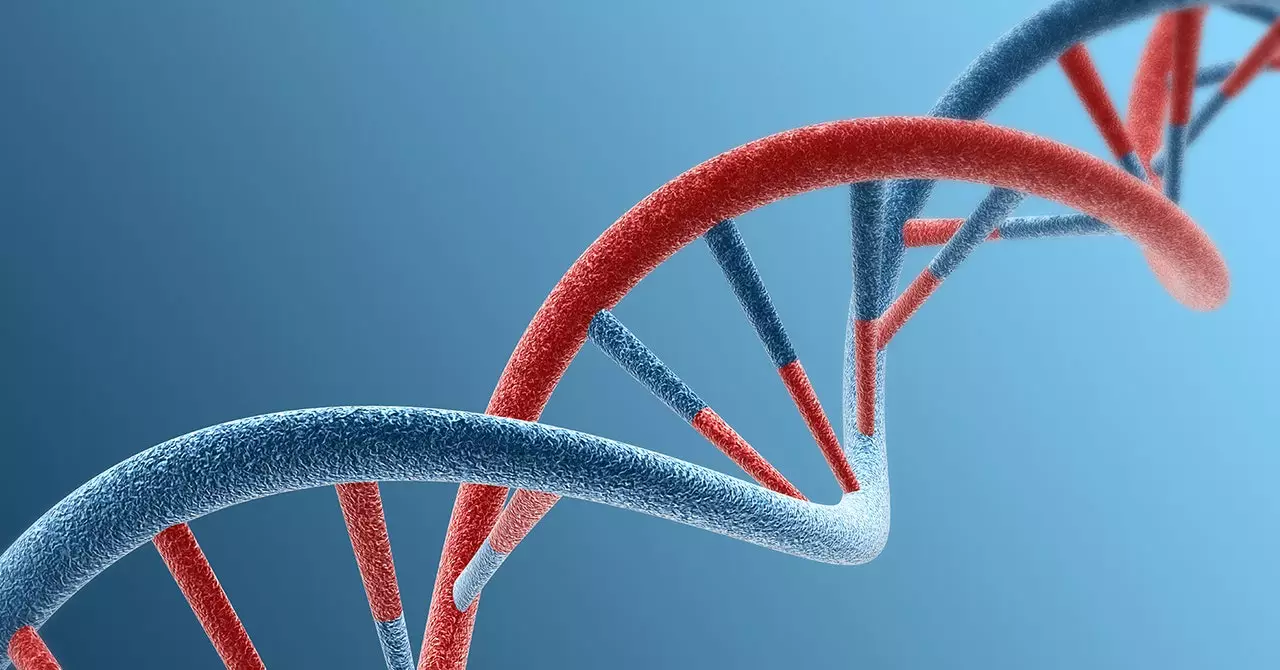The White House has recently taken action to regulate the manufacturing of synthetic DNA in order to prevent the potential risks associated with the creation of pathogens that could lead to a pandemic. The rules, which were released on April 29, are a response to the growing concern over the possibility of a pathogen being made with mail-order genetic material either accidentally or intentionally. President Joe Biden signed an executive order last fall mandating new standards for AI safety and security, particularly in the field of biotechnology.
The Implications of Synthesizing DNA
Synthesizing DNA has been a possibility for many years, allowing researchers to conduct a wide range of studies and experiments without the need to extract genetic material from organisms in nature. With the advancements in technology, it has become easier, cheaper, and faster to create custom gene sequences, opening up endless possibilities in the field of biotechnology. Companies around the world are now able to mass-produce synthetic nucleic acids and even create entirely new gene sequences that do not exist in nature.
There is a growing concern among experts that the accessibility and affordability of gene synthesis could potentially lead to the creation of harmful organisms or viruses. The ability to order genetic building blocks and assemble them into dangerous pathogens poses a significant threat. In the past, researchers have demonstrated the ability to reconstruct extinct viruses using mail-order DNA, raising fears about the recreation of deadly diseases like smallpox. The ease with which such pathogens could be created highlights the need for regulations and oversight in the field of synthetic DNA manufacturing.
The new rules issued by the White House aim to address these concerns by requiring DNA manufacturers to implement screening procedures for purchase orders. They are tasked with identifying sequences of concern that could contribute to the toxicity or disease-causing capabilities of an organism. While these rules currently only apply to scientists and companies receiving federal funding, they represent a significant step in the right direction. However, it is worth noting that private entities with alternative funding sources may not be subject to the same screening requirements, potentially leaving gaps in safety protocols.
The Role of Existing Guidelines
Many DNA providers in the industry already adhere to screening guidelines set forth by the Department of Health and Human Services, and a large portion of the industry has joined voluntary initiatives such as the International Gene Synthesis Consortium. These efforts aim to vet orders and ensure that potentially dangerous sequences are flagged and assessed before being synthesized. While these measures are a positive development, there is still work to be done to ensure that all companies comply with safety standards and regulations.
The new rules governing synthetic DNA manufacturing are an important step towards mitigating the potential risks associated with the creation of harmful pathogens. By implementing screening procedures and assessing sequences of concern, DNA manufacturers can help to prevent the accidental or intentional release of dangerous organisms into the environment. Moving forward, it will be crucial for all companies in the industry to adhere to these guidelines in order to ensure the safety and security of biotechnological research and development.


Leave a Reply
You must be logged in to post a comment.